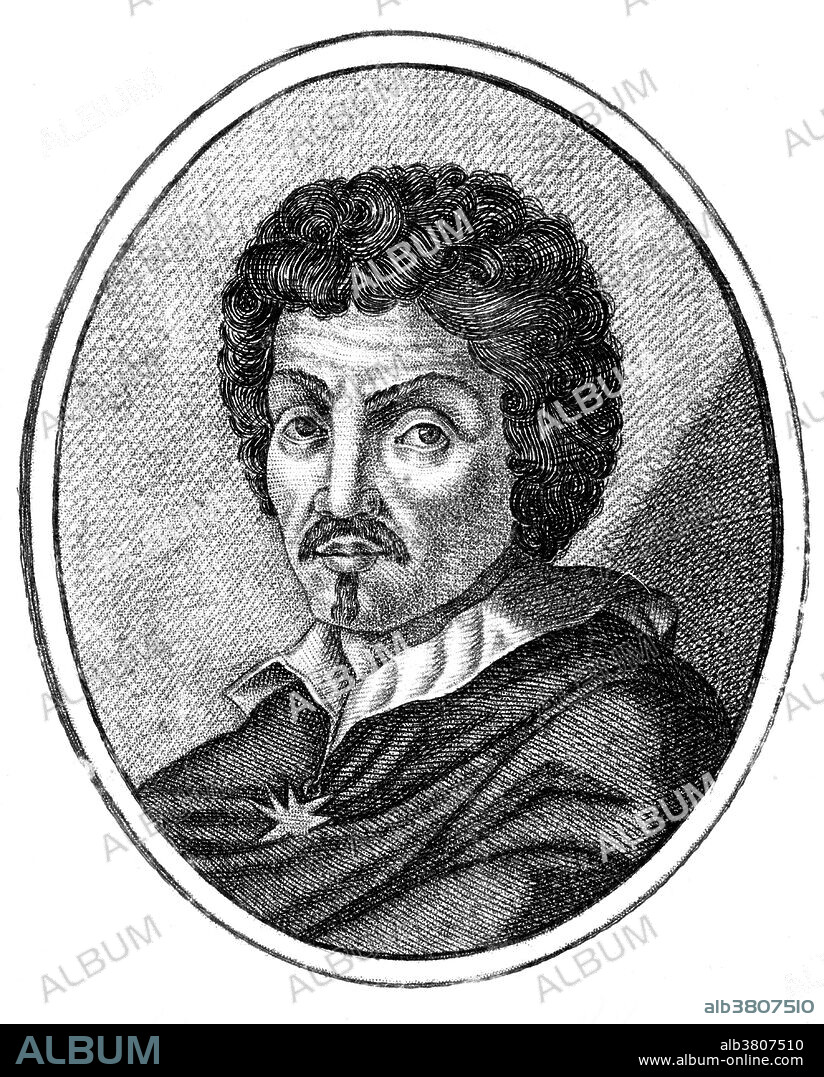alb3807510
Michelangelo da Caravaggio, Italian Artist

|
Add to another lightbox |
|
Add to another lightbox |



Buy this image.
Select the use:

Title:
Michelangelo da Caravaggio, Italian Artist
Caption:
Michelangelo Merisi (or Amerighi) da Caravaggio (September 29, 1571 - July 18, 1610) was an Italian artist. His paintings, which combine a realistic observation of the human state, both physical and emotional, with a dramatic use of lighting, had a formative influence on Baroque painting. In his twenties Caravaggio moved to Rome where there was a demand for paintings to fill the many huge new churches and palazzos being built at the time. It was also a period when the Church was searching for a stylistic alternative to Mannerism in religious art that was tasked to counter the threat of Protestantism. His innovation was a radical naturalism that combined close physical observation with a dramatic, even theatrical, use of chiaroscuro which came to be known as tenebrism. Famous while he lived, Caravaggio was forgotten almost immediately after his death, and it was only in the 20th century that his importance to the development of Western art was rediscovered. Despite this, his influence on the new Baroque style that eventually emerged from the ruins of Mannerism was profound. It can be seen directly or indirectly in the work of Rubens, Bernini, and Rembrandt.
Credit:
Album / LOC/Science Source
Releases:
Model: No - Property: No
Rights questions?
Rights questions?
Image size:
3622 x 4500 px | 46.6 MB
Print size:
30.7 x 38.1 cm | 12.1 x 15.0 in (300 dpi)
Keywords:
16 16TH XVI XVITH SIXTEENTH CENTURY • 16 CENTURY • 16TH CENTURY • 16TH • 17TH CENTURY • ART • ARTIST • ARTISTE • ARTWORK • BW • CARAVAGGIO • CELEBRITIES • CELEBRITY • DA CARAVAGGIO • DRAWING • FAMOUS PEOPLE • FAMOUS • FIGURE • FINE ARTS • HISTORIC • HISTORICAL • HISTORY • ILLUSTRATION • ILLUSTRATIONS • IMPORTANT • INFLUENTIAL • ITALIAN RENAISSANCE • ITALIAN • MALE • MAN • MEN • MICHELANGELO AMERIGHI DA CARAVAGGIO • MICHELANGELO DA CARAVAGGIO • MICHELANGELO MERISI DA CARAVAGGIO • NOTABLE • PAINTER • PEOPLE • PERSON • PERSONALITIES • PERSONALITY • PORTRAIT • POTRAIT • RENAISSANCE • WELL-KNOWN • WESTERN ARTS • WORLD-RENOWNED • XVI CENTURY
 Pinterest
Pinterest Twitter
Twitter Facebook
Facebook Copy link
Copy link Email
Email
